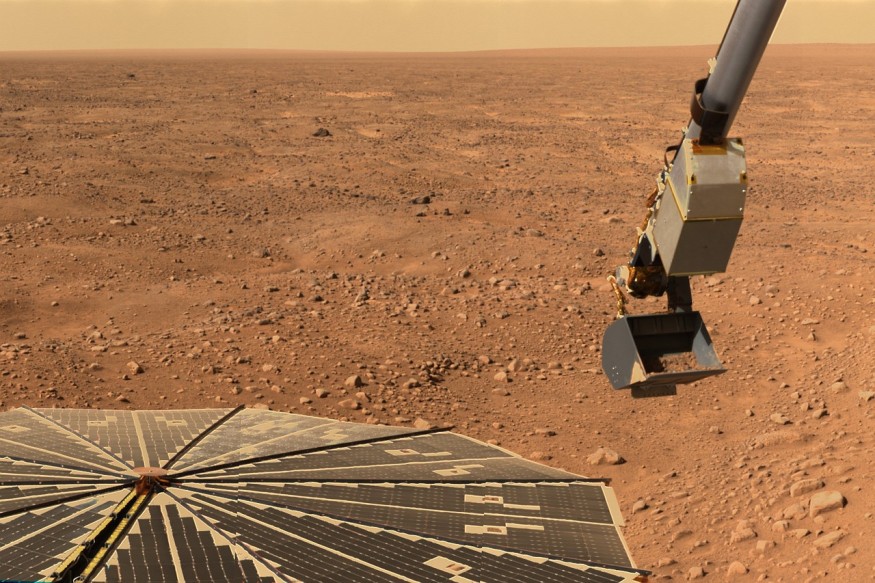A historic milestone in a new astronomical breakthrough has been achieved as two worlds have become testing ground for future aircraft designs.

Two Worlds, One Goal
NASA's Jet Propulsion Laboratory in Southern California recently tested a new rotor for next-generation Mars helicopters. Meanwhile, the agency's Ingenuity Mars Helicopter has achieved a turning point and airspeed records on the Red Planet for experimental flight testing.
According to Mars Sample Recovery Helicopters manager Teddy Tzanetos, the next-generation Mars helicopter testing has had the best of both worlds. Here on Earth, we have all the instrumentation and hands-on immediacy we could hope for while testing the components of new aircraft. On Mars, we have the real off-world conditions we could never truly re-create here on Earth. This includes a thin atmosphere and less gravity than on Earth.
The next-generation carbon fiber rotor blades tested on Earth measure 4 inches (10 centimeters) longer than Ingenuity's, with greater strength and a different design. Scientists believe that these blades could enable bigger, more capable Mars helicopters. The challenge, however, is that the tips of the blades reach supersonic speed, causing vibration-triggered turbulence to get out of hand quickly.
To find a space big enough to create a Martian atmosphere Earth, experts looked to JPL's space simulator which measures 25 feet (8 meters) wide and 85 feet (26 meters) high. This is the same place where Cassini, Voyager, and Surveyor got their first experience of space-like environments. For three weeks, a research team monitored the cameras, meters, and sensors as the blades endured running at high speeds and greater pitch angles.
JPL Sample Recovery Helicopter deputy test conductor Tyler Del Sesto reported that they spun the blades up to 3,500 rpm, which is 750 rpm faster than the Ingenuity blades have achieved. The more efficient blades are more than a hypothetical exercise, so they are ready to fly. At the same time, Ingenuity was also being commanded to try things that the Mars Helicopter team had never imagined they would get to do.
READ ALSO : NASA Ingenuity Helicopter Completes 56th Flight on Mars, Travels 1,344 Feet Across the Martian Surface
Ingenuity Rock Flight Testing
Originally, Ingenuity was developed to fly no more than five times. When its first flight entered the mission logbook more than two and a half years ago, the helicopter had exceeded its planned 30-day mission by 32 times, flying 66 times instead. Every time it gets airborne, it covers new ground and offers a perspective that no previous planetary mission could achieve. The Ingenuity team has been taking their solar-powered rotorcraft out for a spin like never before.
Due to limitations in available energy and motor-temperature considerations, the flights of Ingenuity last around two to three minutes. Although it can cover more ground in a single flight by traveling faster, flying too quickly can confuse the onboard navigation system. The system uses a camera to recognize rocks and other surface features as they navigate through its field of view.
NASA team has also been investigating Ingenuity's landing speed. The helicopter was created to contact the surface at a speed of 2.2 mps (1 mps) to allow its onboard sensors to easily confirm touchdown and shut down the rotors before it bounces back into the air.
Read also: Ingenuity's Fourth Flight: Mars Helicopter Mission May Be Extended Than Originally Planned
Check out more news and information on Mars Helicopter in Science Times.











